Smart watches and devices
Technology has come on leaps and bounds over the last few years and the advent of smart devices built specifically to identify heart rhythm abnormalities has become mainstream. There are, broadly speaking 2 types of device that can record the heart rhythm and rate, those that measure the heart rate and rhythm by shining a light through the skin (photoplethysmography) and those that can record an ECG directly using electrical contacts on the device.
Although all these devices record the heart rate, the information gained from the heart rate alone is quite limited as many conditions, normal and abnormal, can raise the heart rate depending on the circumstance. A sudden and immediate jump in the heart rate suggests the presence of an arrhythmia but this is not an accurate way of diagnosing heart rhythm abnormalities. Few devices automatically analyse the heart rhythm can indicate whether it is irregular or even look for atrial fibrillation. Devices that record an ECG can be useful, but they need to be interpreted by a heart rhythm specialist. There are some devices where an ECG recording can be sent to a company that have personnel to read the ECG and send the result back to you.
In all these scenarios, it is really important that when an abnormal heart rhythm is identified, that specialist assessment is sought because these devices are not 100% accurate, and some heart rhythm abnormalities like AF can increase your risk of suffering a stroke which could have been prevented by timely treatment.
I discuss these devices in more detail in my blog

